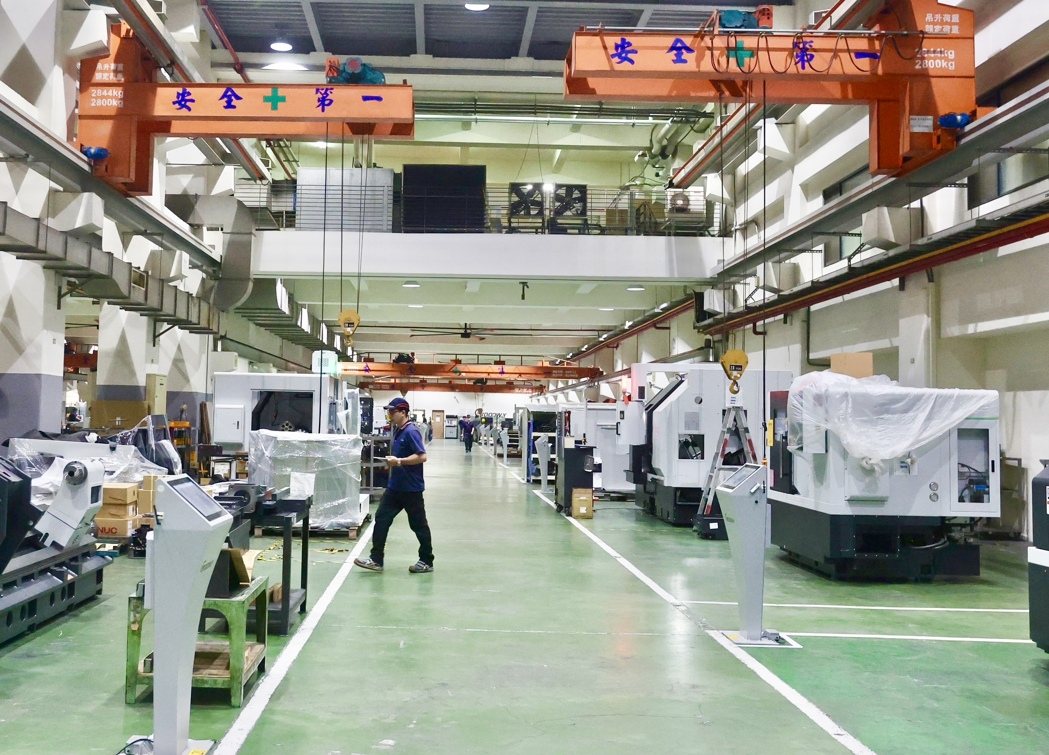Taiwan Machinery Exports Reach US$23.26 Billion in First Three Quarters, Up 6.6% Year-on-Year; Full-Year Growth Targeted at Over 5%
2025/10/17 | By CENS
The Taiwan Association of Machinery Industry (TAMI) announced on October 13 that Taiwan’s machinery exports totaled US$23.259 billion in the first three quarters of 2025, marking a 6.6% year-on-year increase.
TAMI Chairman Chuang Ta-li noted that although overall industrial sentiment remains uncertain in the fourth quarter, demand from the semiconductor and electronics sectors continues to provide strong momentum. He added that annual machinery exports are expected to achieve over 5% growth, maintaining the industry’s position as a trillion-dollar sector.
However, machine tool exports totaled only US$1.522 billion, down 6.4% year-on-year, reflecting the continued impact of global uncertainties and more conservative ordering patterns in key markets.
In the first three quarters, the top three export categories were inspection and measurement equipment at US$4.067 billion, accounting for 17.5% of total exports and up 14.2% year-on-year; electronic equipment at US$3.798 billion, accounting for 16.3% and up 3.0%; and machine tools at US$1.522 billion, accounting for 6.5% and down 6.4%.
The top three export destinations were the United States at US$6.111 billion, accounting for 26.3% of total exports; mainland China at US$5.295 billion, accounting for 22.8%; and Japan at US$1.776 billion, accounting for 7.6%.
Chuang reported that machinery exports in September reached US$2.647 billion, up 9.4% year-on-year, marking the eighth consecutive month of positive growth since February. Exports to the United States grew 13% and to mainland China 4.3% in the first three quarters.
Chuang explained that U.S. reciprocal tariff adjustments have caused significant fluctuations in shipment timing. When the U.S. temporarily suspended reciprocal tariffs for 90 days, many Taiwanese companies advanced their shipments—leading to export growth of 19% in May, 23.6% in June, and 14.8% in July. Once the tariffs were reinstated in August, export growth slowed sharply to 7.6%, and declined 0.9% in September.
Machine tool exports to the U.S. followed a similar pattern: up 17.1% in May and 57.4% in June, but down 26.4% in July, 32.1% in August, and 19.9% in September.
Beyond tariffs, exchange rate fluctuations have become an even more critical factor affecting export competitiveness. From 2021 to October 8, 2025, the New Taiwan Dollar depreciated only 7.4%, while the Japanese Yen fell 48.1%—a difference of nearly 41 percentage points.
“The price advantage Taiwanese equipment once held—about 20 to 30 percent lower than Japanese models—has disappeared,” Chuang admitted. “This has had a particularly strong impact on machine tool exports, leading to a significant drop in orders.”
Meanwhile, Taiwan’s machinery imports in the first three quarters reached US$49.929 billion, representing a 50.8% year-on-year increase. Benefiting from the weak yen, Japan remained Taiwan’s largest machinery supplier, with imports totaling US$9.615 billion and accounting for 19.3% of total imports.

